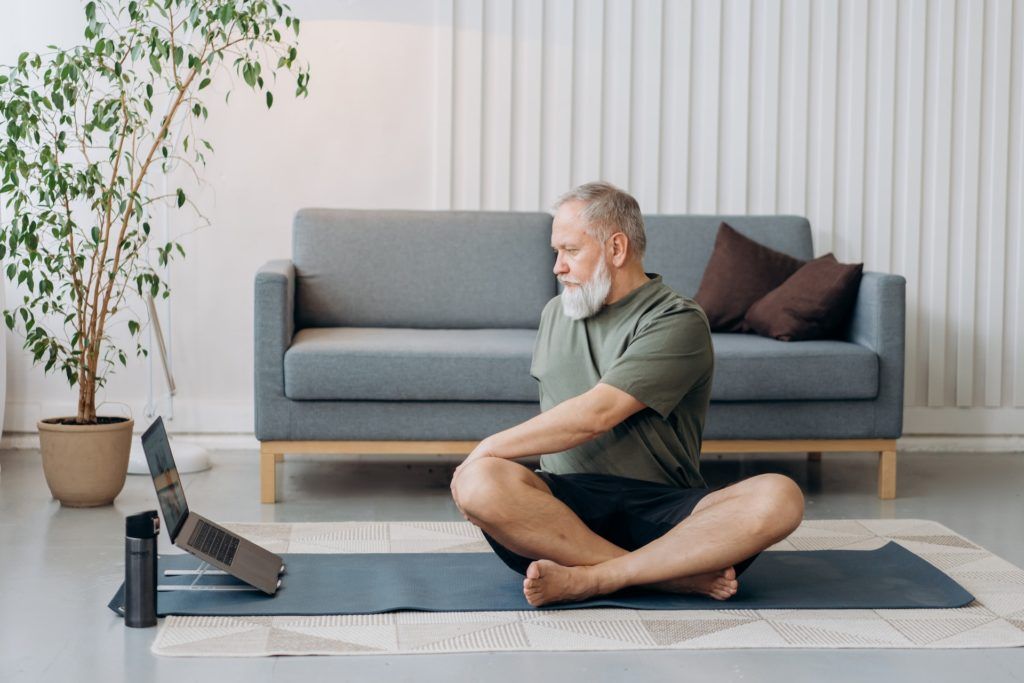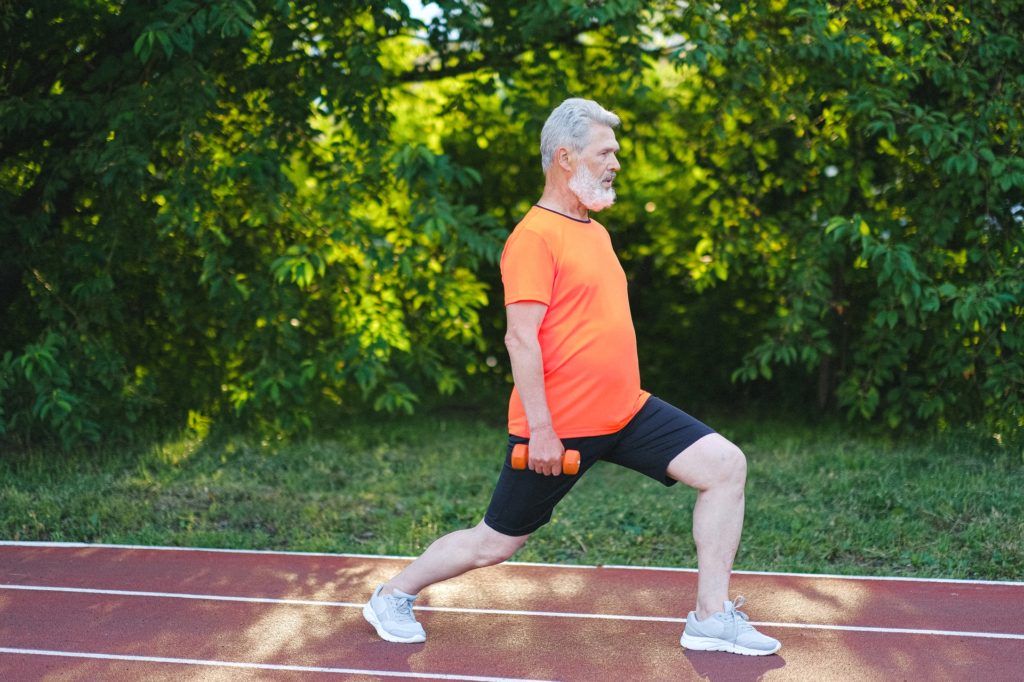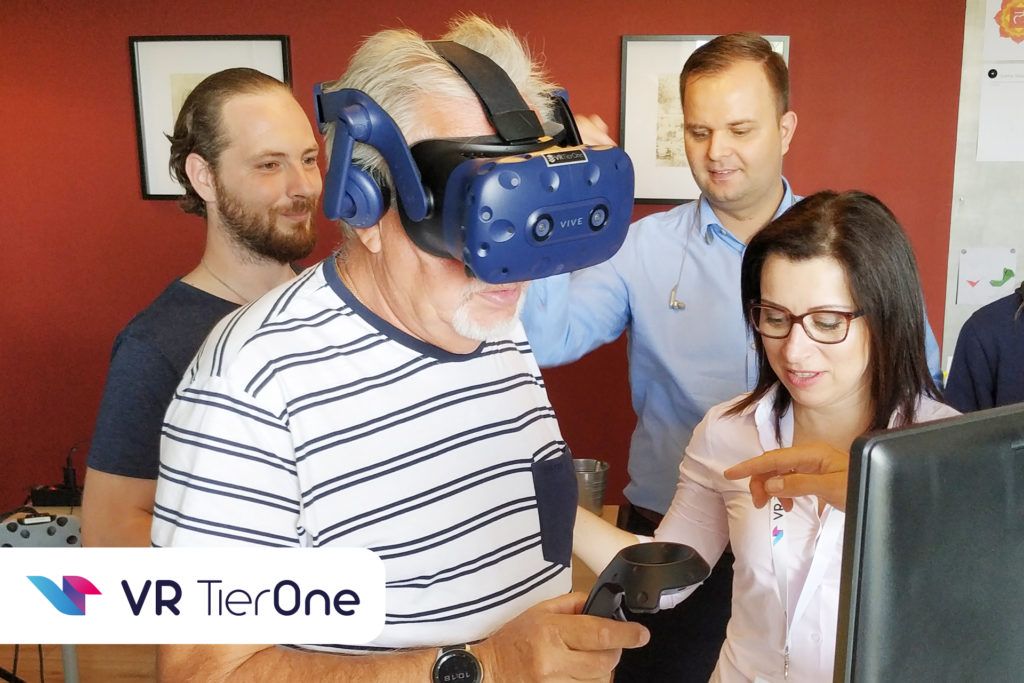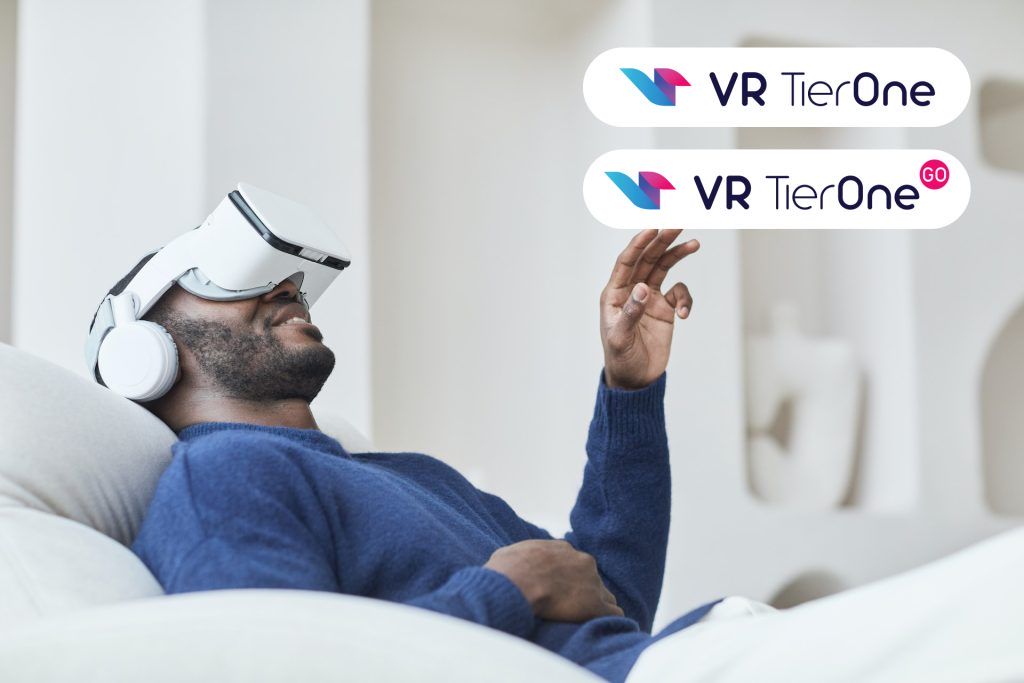In the event of a myocardial infarction, taking appropriate action quickly can save the patient’s life. Acute coronary syndromes require immediate medical care and inpatient treatment. However, the treatment of the patient does not terminate there, because after the immediate threat to life ceases, comprehensive cardiological rehabilitation initiates. Treatment and rehabilitation are inseparable elements of the therapy of patients with myocardial ischemia. An infarction means limitations and a sense of life threatening to the patients. The patients experience stress, anxiety and decreased well-being. The success of rehabilitation depends on the patient’s attitude towards the new post-infarction reality, thus psychological assistance plays an important role in supporting the patient in cardiac rehabilitation.
The infarction is not the end
Saving the patient from a potentially fatal infarction situation is the merit of medics, but the subsequent stages of recovery already require the patient’s active participation. An infarction does not have to mean the end of the world, but it also does not mean the end of the disease, which in its consequences led to the heart attack. The cardiological incident and the necessity to alter the existing harmful habits and introduce modifications to the lifestyle may be perceived by the patient as a life disaster. A heart attack clearly indicates the need to introduce changes and forces the patients to control risk factors, in order to avoid further issues in the circulatory system. A heart infarction may mark the beginning of a new approach to life, a strong argument for introducing changes, better treatment of one’s health and correct management of physical and mental resources. For this to happen, it is necessary to educate and mentally support the patients, who are particularly often struggling with anxiety and depressive disorders.
Cardiac rehabilitation
Rehabilitation after a heart attack should be initiated relatively quickly, as soon as the patient’s condition is stabilized. Cardiac rehabilitation is a complex issue, focusing on improving the efficiency of the cardiovascular system, improving movement, but also reducing the risk of repeated heart attack.

Rehabilitation after a heart attack should be individualized. The assessment of the patient’s condition by a cardiologist allows for the design of a cardiac rehabilitation model for the specific patient. The rehabilitation of a patient after a heart attack is carried out by a team of specialists: a physiotherapist, dietician and psychologist acting in accordance with the recommendations of the cardiologist. Early inpatient rehabilitation counteracts the effects of immobilization and, in the absence of complications, can be carried out on the day following the heart attack. In the initial phase of the first stage of rehabilitation, these are breathing and relaxation exercises, passive activation in bed, and then physical training of increasing difficulty. Exercise is monitored and carried out under the supervision of a physiotherapist. Already during this first stage, the patient should be able to count on receiving mental support and, if necessary, be referred to the care of a specialist. After leaving the hospital, the patient should start the second stage of cardiac rehabilitation in dedicated medical facilities: in rehabilitation hospitals, cardiology sanatoriums, cardiology spa hospitals, in cardiological rehabilitation departments in stationary conditions or on an outpatient basis in day wards, and in some cases also in domestic conditions.

At this stage, pharmacological treatment is optimized, and non-pharmacological management includes general conditioning exercises under the supervision of a physiotherapist. During the convalescence period, the patients receive recommendations that modify their current lifestyle. The patients must eliminate the addiction of smoking, drinking alcohol, change the diet to reduce weight and undertake regular physical activity. Introducing new habits and finding oneself in a new health reality is certainly not easy for the patients. That is why psychological support plays such an important role in cardiac rehabilitation. The last stage of cardiac rehabilitation is the late rehabilitation , which preserves the effects achieved in the current therapy; this stage should be permanently inscribed in the patient’s new lifestyle.
Psychological support
Maintaining good mental condition in the face of the imposed limitations and challenges proves difficult for many of the cardiac patients. The growing fears for one’s own life, fears for our professional fate and social position cause enormous stress, which in itself is a harmful factor increasing the risk of a recurrent heart attack. Patients, who are inclined to use stimulants in a difficult emotional situation will feel frustrated once deprived of this option by doctor’s orders. Incompetent coping with emotions and stress contributes to heart diseases and lower mood. Stress weakens immunity, causes an increase in cholesterol levels and the persistence of high blood pressure, it disrupts the hormonal balance and triggers depression and anxiety. Being under stress can lead to another infarction. Post-MI anxiety and depressive disorders may occur simultaneously, reducing the effectiveness of cardiac rehabilitation. An infarction is a strong biological and psychological stressor, it leaves a mark not only on the heart but also on the psyche.

The mental condition of the patients shapes the course of their rehabilitation, therefore it proves necessary to take care of this aspect of health. Medication enables us to reduce unfavourable mental conditions, e.g. by using anxiolytic (anxiolytic) drugs, however, it is necessary to remember about careful selection of drugs due to the possible adverse drug interactions with cardiac medication. The safe therapy with use of the VR TierOne medical device finds its area of application in the non-pharmacological physical support.

It is easy to provide cardiac patients with a friendly and healing environment through immersive virtual VR TierOne therapy. Therapeutic sessions not only help to understand their new health situation, but also motivate them to introduce changes in their current way of life and maintain healthy behaviour for longer. The condition of psychophysical relaxation achieved during visits to the virtual Garden of Rebirth accelerates the convalescence.

Contact with the virtual therapist improves the patients’ attitude towards their condition and social relations. In the result, it helps to derive greater benefits from rehabilitation, facilitates cooperation with medical staff, and, later on, helps to comply with the recommendations, once patients return home and must largely rely on the power of their will. Intervention with the use of VR TierOne reduces the severity of depression, stress and anxiety, allowing patients to transfer outside the high-risk group of a recurrent heart attack.






